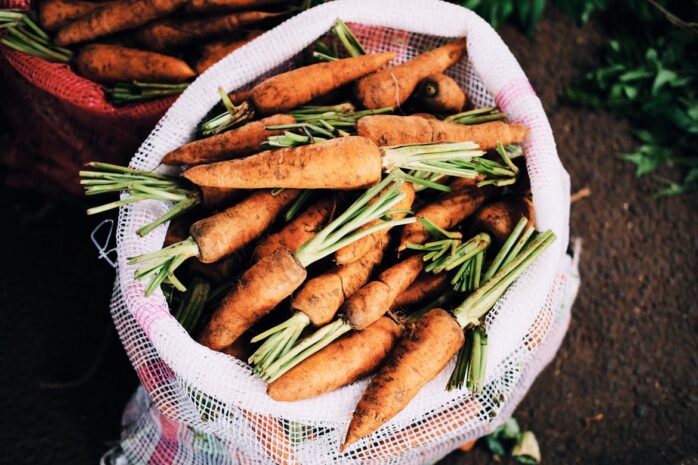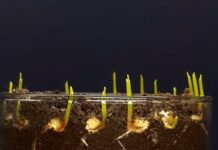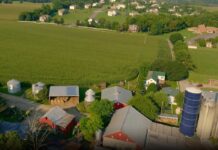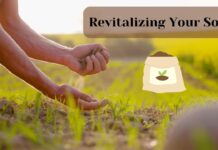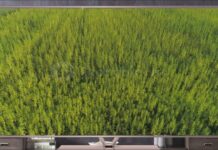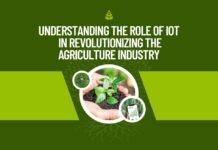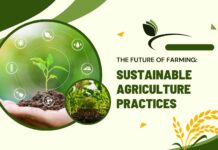
When talking about agriculture, crop yield is one of the top priorities for many farmers. Since antiquity, farmers have tried to improve the yield of their crops and, at most times, they’re at the mercy of mother nature. Bad weather, pandemics, and various wild animals can easily destroy crops or stall their growth.
This is why, in those days, farmers took primitive measures to help save their crops by using a wide range of different fertilizers such as charred materials and even human or animal waste. But, they do so much more. Here is what you might want to know about the history of agriculture, as well as how do farmers maximize their crop production nowadays:
History of Agriculture
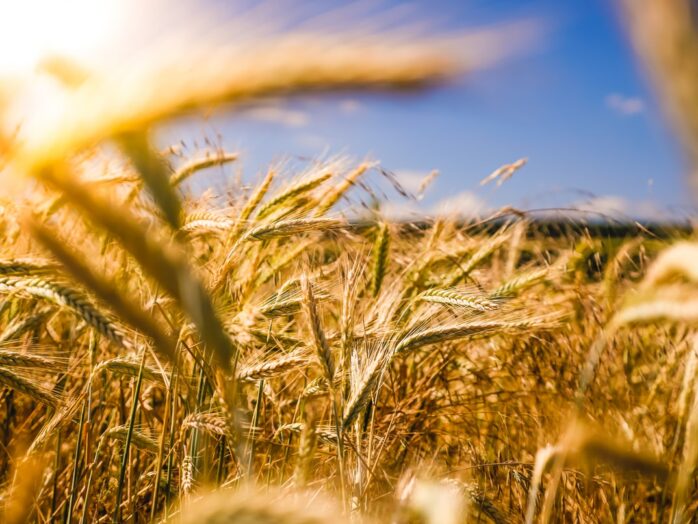
As you probably know, agriculture has been around for thousands of years, and the methods, as well as techniques, have mostly been consistent throughout the centuries. Of course, there are some minor and major improvements, but the entire concept remains the same. Agriculture has developed independently in different parts of the words, and the earliest form of farming dates as far back as 10.000 BC.
19th Century – The Industrial Revolution
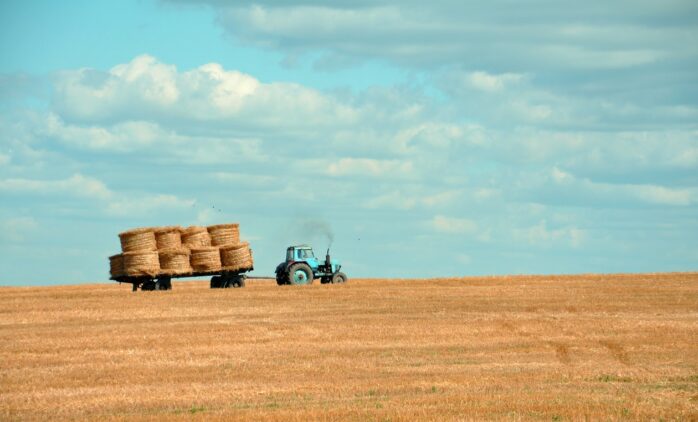
At the turn of the 19th century, there were great advances in agricultural technology such as the invention of the tractor and weather forecasting. These new and beneficial inventions – and many, many more – provided much-improved farming efficiency and productivity. With further advancements in this particular industry, farmers now have new ways of improving the yield their crops produce.
In recent years, a wide range of new technologies and products are introduced, all of which will help farmers improve their crop yield. These new technologies and products are being combined with ancient methods in order to boost fertility and improve crop yields. For you to better understand what farmers are currently doing, here is a list of the most common strategies and methods they use:
1. Verdesian Life Sciences

The very first innovation that you might want to know about is from Verdesian, one of the world’s foremost companies that carry out research and development of different sustainable, agricultural products. One product that helps farmers quite a lot bring nitrogen into their plants is Preside CL. What is this particular product and what can it help with?
Well, it’s actually quite easy to understand – Precise CL is a soybean inoculant, which has the main purpose of bringing nitrogen into a specific plant or several of them. It utilizes a patented technology that is often referred to as “Take Off”, which is present in a unique extender that is capable of paring with the soybean inoculant. This can help the plants thrive, thus, they could also maximize crop production.
2. Seasonal Crop Rotation
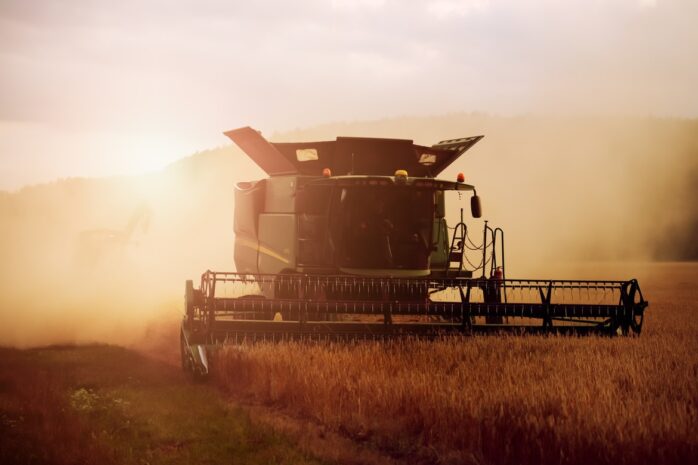
Most farmers will plant their crops season-by-season, however, it’s quite crucial that you understand how sowing the same crops on the same land can affect the yield the plants produce. For instance, if a farmer plants corn each year, the yield the crops produce will decrease. Of course, if the soil and conditions are good enough, people could plant the same crops, but, it’s always better to choose something else.
So, why is this important? Well, if you choose to plant alternative crops, you’ll be capable of diversifying the needs of the soil, hence, if you opt for, for example, planting beans instead of corn, you won’t only ensure that the soil stays fertile, but, you could also ensure that the plant produces more goods and that it continues producing it throughout the year. So, consider doing this.
3. Water Drainage is Crucial

Why is drainage important when plants love water? Well, managing the water is crucial to ensure the survival of the vegetables and/or fruits, thus, by managing it properly, you can ensure that you maximize the potential of your yield.
This is why one of the main things you must focus on is to not over-water the crops. Additionally, a lot of farmers install drainage systems on their land, mostly because this will prevent waterlogging.
4. Fertilizers Are a Must
When it comes to maintaining optimal soil conditions, adding fertilizers to the soil is a must. For instance, when you’re sowing corn or beans, adding some fertilizer to the seeds could easily provide all the important nutrients to it – including things such as calcium – and by doing so, the crop will most likely thrive in the future. Keep in mind, an increasing number of people are becoming more careful about what they eat, thus, it might be best to use something safe and organic.
5. Testing The Soil is Essential

If there is one thing that you must take away from this article, it’s the fact that you must test out your soil. Why is this important? Well, the soil has a direct influence on how your crops grow, and more importantly, how much they can produce for one season. Hence, by knowing the composition of the soil, you’ll also learn how you can handle the plants better. It’ll also tell you if there are enough nutrients, all of which will help you determine what needs to be done.
6. The Quality of The Seeds
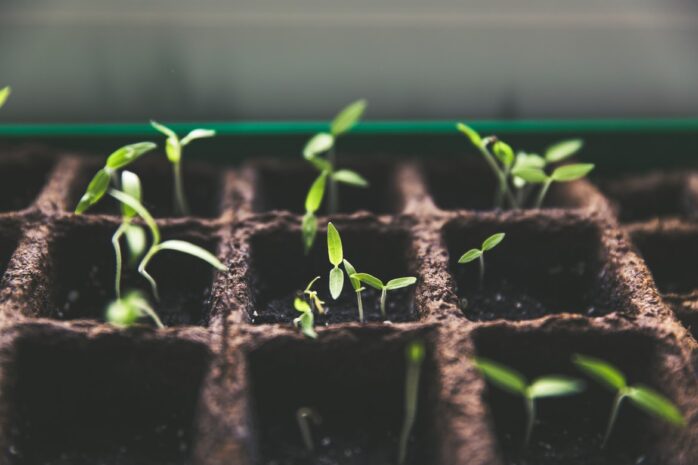
If you want to ensure that you increase the yield of your vegetables and/or fruit production, you also must ensure that you use high-quality seeds. There are really two options to choose from – hybrid and non-GMO seeds. Hybrids will grow faster and stronger, while non-GMO seeds are sustainable and more affordable. Depending on your preferences and needs, you could choose what suits your needs and requirements better.
Conclusion
Whether you’re thinking about taking on farming or if you were simply interested in how farmers ensure that they maximize their crop yield, the aforementioned methods and strategies are commonplace in the world of agriculture. From installing a drainage system to testing out the soil, all of these are crucial for improving the production of produce.
So, now that you’re aware of what you could do, you might want to drop everything you’re doing. Instead of losing time, you should determine what strategies you might need to implement, and by doing so, you’ll also guarantee that your plants produce more crops.

